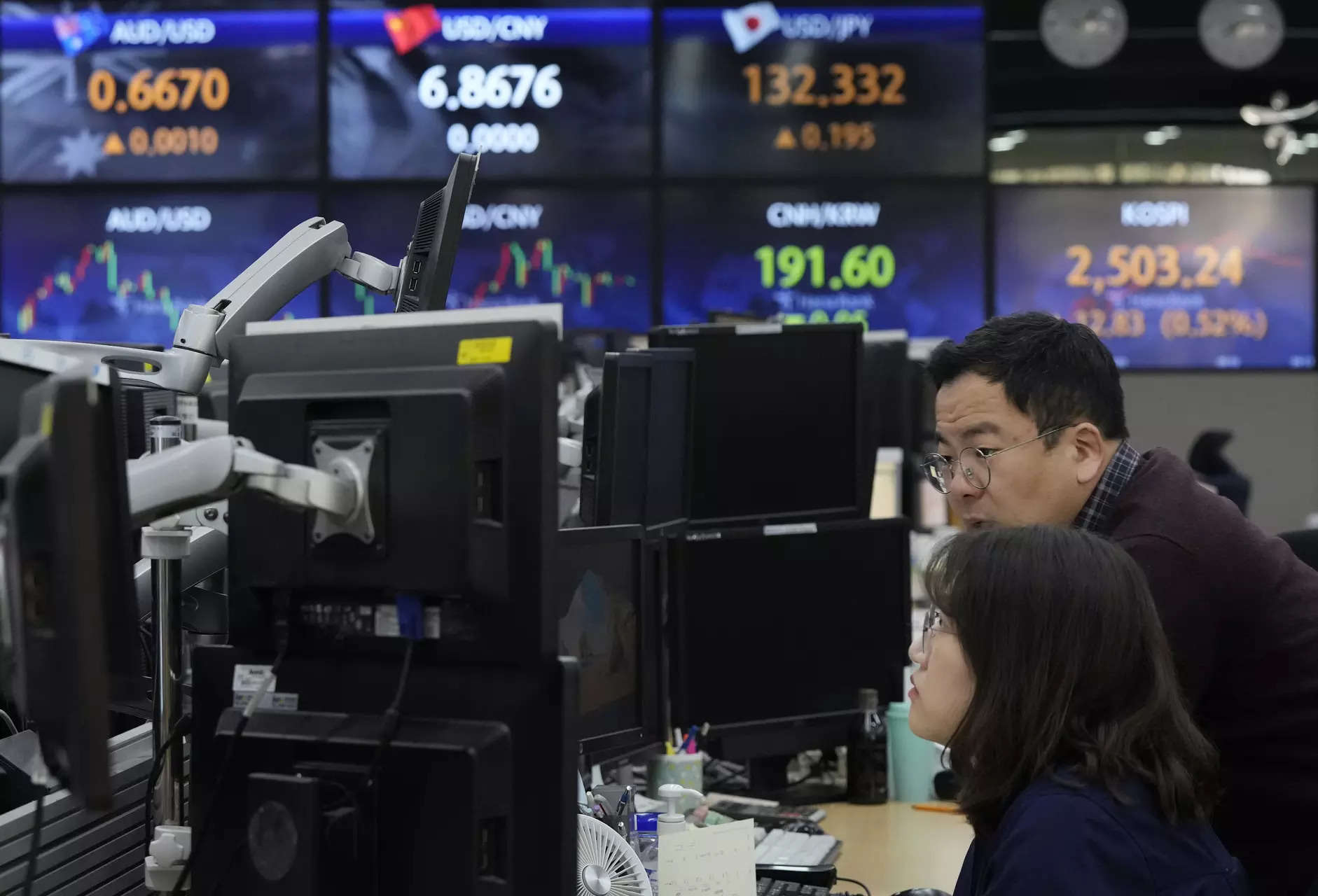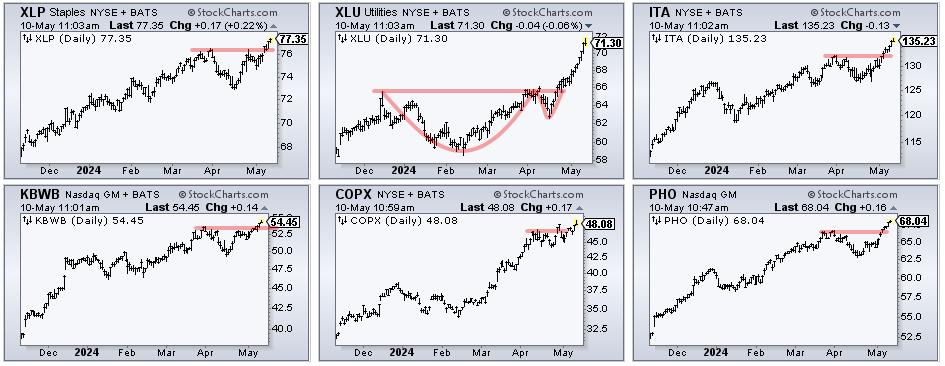Asian stock markets and bonds plunge due to global interest rate uncertainty

The dollar pushed U.S. Treasury yields higher, while gold remains under pressure on renewed expectations that the Federal Reserve will not cut interest rates anytime soon.
The latest halt in the global risk rally was driven by data pointing to persistent inflationary pressures across major economies.
“Hotter and stickier-than-expected global inflation seems to be taking the air out of asset markets,” said Vishnu Bharatan, chief economist for Asia ex-Japan at Mizuho Bank. “Stocks fell, bonds plummeted and the USD took a nosedive.”
MSCI’s largest index of Asia-Pacific stocks outside Japan fell 0.5%, tracking declines on Wall Street and extending its 1.6% decline from the previous session. Japan’s Nikkei index fell more than 1.5%, and U.S. and European futures fell as well. EUROSTOX 50 futures were down 0.18% and S&P 500 futures were down 0.35%. Nasdaq futures fell 0.45%. A Federal Reserve survey on Wednesday showed U.S. economic activity continued to expand from early April to mid-May, but inflation rose at a moderate pace while businesses became more pessimistic about the future.
Across the Atlantic, data from the same day showed German inflation rose slightly more than expected to 2.8% in May, ahead of the euro zone bloc’s figures on Friday.
But the main highlight for the markets this week is the core US personal consumption expenditures (PCE) price index report released on Friday. This is the Federal Reserve’s preferred measure of inflation. It is expected to remain steady every month.
“Looking at the data that got us to this point, it’s hard to believe that a softer-than-expected PCE report will arrive on Friday,” said Matt Simpson, senior market analyst at City Index.
“From this perspective, it may be welcome to see PCE not jumping higher. However, as it gets hotter at sticky levels, the appetite for risk will take a backseat in favor of good opportunities.”
Meanwhile, U.S. Treasury yields remained elevated on Thursday due to poor debt auctions the previous day. The benchmark 10-year return was the lowest at 4.6197%, while the 2-year return was stable at 4.9830%.
Bond yields move inversely with prices.
Japanese government bonds (JGB) hit similar multi-year highs as expectations grew that further interest rate hikes by the Bank of Japan (BoJ) could be imminent.
The 10-year JGB yield hit a high of 1.1% in early Asian trade, the highest since July 2011.
Elsewhere in Asia, Chinese blue chips were down 0.25%, tracking regional peers despite the International Monetary Fund (IMF) revising the country’s 2024 and 2025 GDP growth forecast upwards.
Hong Kong’s Hang Seng Index recorded 0.17%.
dollar reign
In currency markets, the dollar led the way, driving the euro to $1.07955, its lowest in more than two weeks.
The yen was last at 157.43 per dollar after falling to a four-week low of 157.715 in the previous session.
The Australian dollar rose 0.1% to $0.6617 after a brief rise in the previous session after data showed domestic inflation unexpectedly rose to a five-month high in April.
“This was not the inflation report the Reserve Bank of Australia wanted to see,” said Rob Carnell, head of Asia Pacific research at ING.
Oil prices rose slightly, recovering some of the losses from Wednesday due to weak U.S. gasoline demand and concerns about rising long-term interest rates.
Brent crude oil remained at $83.60 per barrel, and U.S. crude oil traded at $79.25 per barrel, up 0.03%. (or)
Spot gold fell 0.2% to $2,334.15 an ounce. (goal/)




